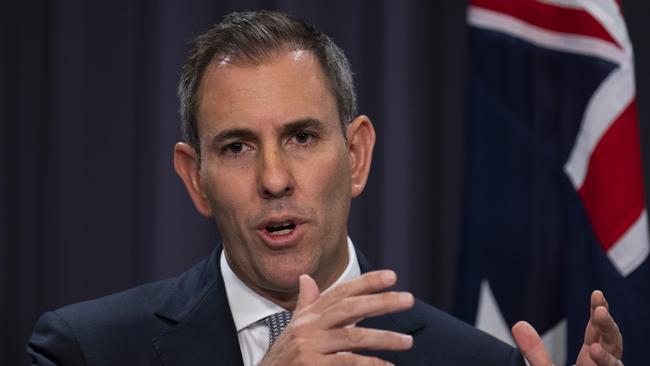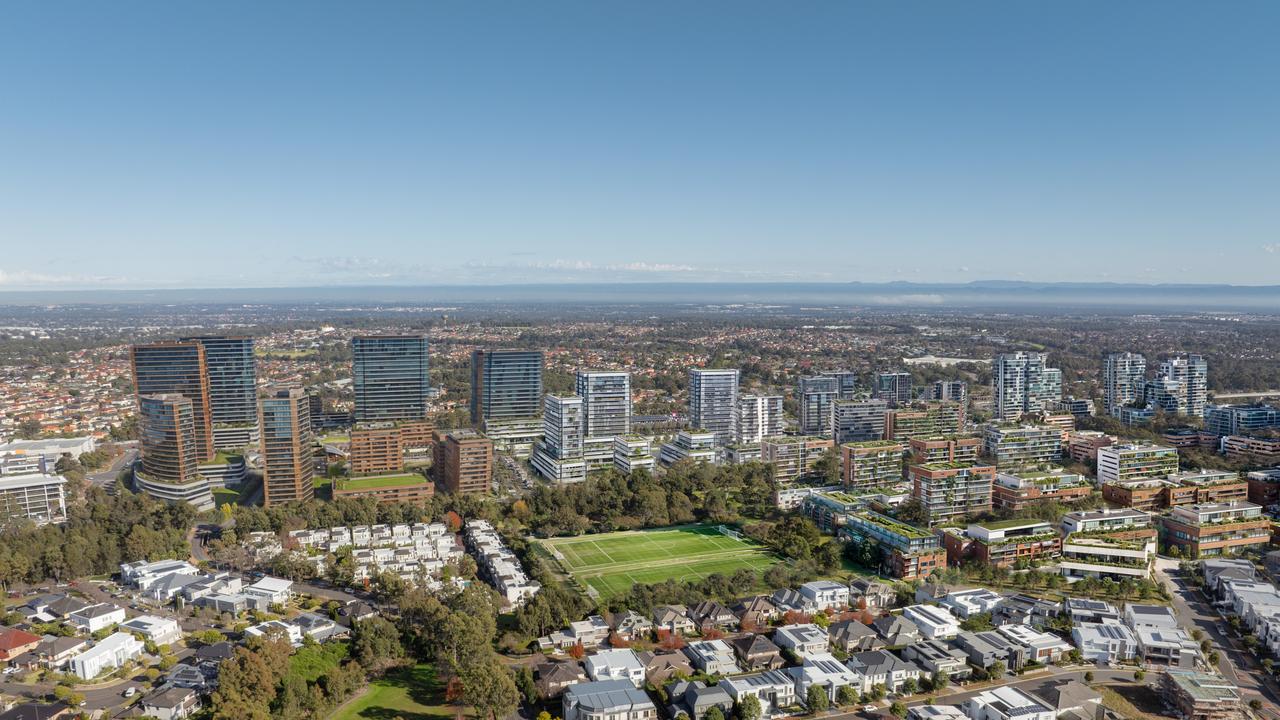
Investors might reasonably have expected a bounce this year after 2022 was a loser for most people, but 2023 is not turning out as forecast.
This week we saw further rate rises in both the US and here. Reality is starting to bite; inflation is gripping investment markets and the outlook suddenly looks a lot more challenging.
Worse still, the prospect of not only a worldwide recession but a global credit crunch triggered by troubled US banks hangs heavily over investment decisions.
Nobody gets to escape the central challenge which is how to frame the future against higher-than-expected inflation.
Treasurer Jim Chalmers must deal with this X-factor when framing his budget next week.
As the Treasurer pointed out after the RBA surprised just about everyone with its 0.25 per cent rate hike to 3.85 per cent this week: “Inflation remains the primary challenge in our economy.’’
But the untold story of the market this year is that investors have already been voting with their feet. They are more than aware of the risks present and have suddenly become exceptionally defensive.

New research, which tracks investor behaviour through trading activity in the $134bn exchange-traded funds sector, paints a clear picture. Australian investors have spent this year sandbagging their portfolios. They are pouring money into “defensive” cash and bonds, and holding back firmly on growth-focused shares.
In fact, since January, Australian ETF investors have put more into bonds than local and global shares combined, even though bonds returned losses last year.
Chris Brycki, chief executive of the Stockspot group which has compiled the numbers, says: “What you are seeing is that investors are very cautious this year; the patterns suggest investors are still investing but they are on the defensive.”
Where’s the money going?
Moreover, it’s not just everyday Australian investors – seen through the prism of the ETF sector – who are now on the defensive. It’s a global shift spelled out very clearly this week by $US37 trillion Boston-based asset manager State Street.
According to a new State Street report: “Institutional investors remained defensive through April despite hopes that the banking crisis would be contained.
“(Our) Risk Appetite index showed broadening defensive behaviour across all asset classes, contrasting with the apparent optimism embedded in equity markets.”
As State Street global head of markets Anthony Bisegnak puts it: “In global markets, understanding how the world’s largest pools of capital are moving can help investors identify headwinds and tailwinds that will impact their portfolios both short and long term.”
For institutional and everyday investors alike, the fears of higher rates, volatile markets and “sticky inflation” are ongoing but it is the arrival of credit market concerns which is most troubling of all.
A credit crisis is the ultimate shake-out for investment markets as anyone who endured the GFC and it subsequent 50 per cent fall in the ASX will recall.
A credit crisis is the worst case scenario. But even a partial version of 2008 where global credit markets slow to crawl and banks become constrained in their ability to lend would effectively terminate the optimism which has flashed across investment markets in the first calendar quarter.
Already this year, Swiss bank Credit Suisse has been rescued, and three mid-sized US banks have been shut down and sold.
The troubles in the banking sector have been due to the rapid escalation of central bank rates.
This week that escalation continued – and at least in Australia the signals are that more rate rises could be coming down the line.
And although the Treasurer may announce during the budget next week a surplus which will make news around the world, the reality is that the surplus was struck in a different environment to the one we face today.
Earlier this week the economics team at NAB suggested there is now a real risk that, thanks partially to sliding commodity prices, Australia could face a negative GDP figure for the three months to March.
Banks – a window into the future
It’s no surprise one of the first public forebodings on a slowing for the national economy comes from NAB. The group reported a perfectly healthy 12 per cent lift in interim profits this week and saw its share price go backwards despite an improved dividend.
But investors know that the health of the banking sector is our window on to all investment markets.
NAB, ANZ and Macquarie have all released results into a global market which is disturbed by the rolling bank crisis in the US.
Amit Seru, a banking expert at California’s Stanford University. spelled it out. “Thousands of US banks are under water – let’s not pretend this is just about Silicon Valley Bank or First Republic (rescued this week by Citi) – a lot of the American banking system is potentially insolvent,” he said.
At home, our big bank CEOs all did their best to compartmentalise the US banking difficulties when reporting this week. But banking is global, even if most of our majors stick tightly to onshore business.

NAB and its peers must continually fund themselves and the cost of funds is directly influenced by the action in global money markets. Our banks are now squeezed between higher funding costs on markets and the growing realisation that competition is alive in the deposit market. For bank stock investors it’s bad news.
In contrast, for savers – especially older Australians – there is the prospect that tighter bank margins will translate to better deposit rates in the months to come.
But on the bigger stage, markets have yet to find out the real price of a rapid escalation on interest rates.
The refinancing cliff is now a real threat all over the world; in commercial markets, companies at all levels must refinance into a higher interest rate environment.
In Australia the most obvious local version of that issue is the mortgage cliff where 800,000 people are estimated to be trapped in the banks they are with. They are not able to take advantage of rival bank introductory offers because they will not pass serviceability tests.
Keep in mind that if a home-loan borrower wants to take out a mortgage today at 7 per cent, the banks must by law assess them on an extra 3 per cent buffer: that works out at 10 per cent.
At the same time, the same customers are unlikely to offer growth opportunities to the banks they are stuck inside.
Put it all together and you can see there are perfectly good reasons why investors big and small have turned very defensive this year.
What’s more, there is very little to suggest this is not the best way forward in the months ahead.



